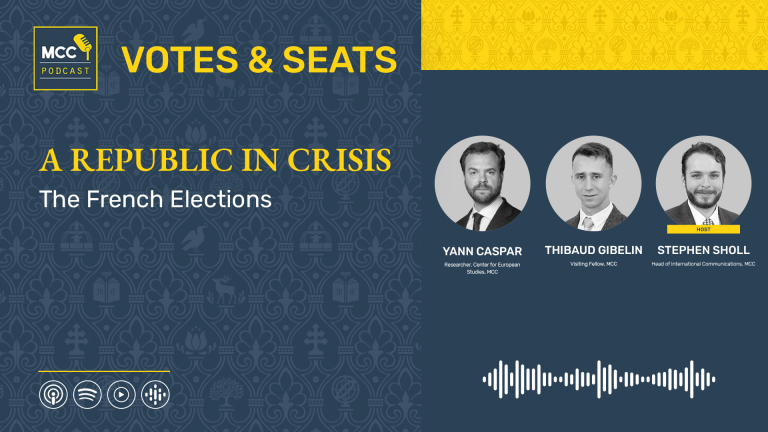The oldest universities trace their roots back to the eleventh century. Centres for learning were established in Bologna in 1088 and Oxford in 1096. Cambridge followed a century later. The University of Bologna began with groups of students from different countries coming together to pay for instruction in theology, law and liberal arts. Oxford and Cambridge, on the other hand, were essentially monastic institutions, dedicated to theological study. Students were following a vocation, not in the modern sense of pursuing a career, but as a religious calling. The pursuit of knowledge brought people closer to understanding the will of God.
It was not until the Renaissance that the control of the church on universities began to weaken and a broader range of subjects was studied. Universities were established across Europe (the University of Budapest in 1635) and America (Harvard in 1636). Later, the Enlightenment brought the possibility of a rationalist, scientific understanding of the world, achieved through independent scholarship. New academic disciplines emerged and existing areas of study, such as philosophy and medicine, were expanded and updated. The notion of humans as perfectible through knowledge gave new impetus to schools and universities.
Only towards the end of the Enlightenment did English universities develop a more ‘liberal’ understanding of education as learning for its own sake, to seek truth and broaden knowledge as an end in itself, rather than for a religious purpose. Proponents of what we might now term ‘classical education’ were influenced by a Platonic ideal of wisdom as the chief of all virtues.
Yet even as liberal education was emerging in England, it faced challenges from across Europe and America. The German philosopher Wilhelm von Humboldt considered education in relation to the ‘demands that must be made of a nation, of an age, and of the human race.’ He saw the goal of education as ‘Bildung’ or self-cultivation for the goal of bettering humanity. Tensions emerged between liberal education (as an end in itself) and research-led higher education (for the public good) which persist to this day.
By the time of the industrial revolution, Humboldt’s vision of the research-led university was dominant. The Budapest University of Technology and Economics was founded in 1782 and is considered the world’s oldest such institute. From the 1880s onwards, many more universities began to emerge, financed by wealthy industrialists keen to provide scientific education (the University of Birmingham was founded in 1880, followed soon after by Leeds and Manchester). Yet it was often only when these institutions began to teach a more classical curriculum alongside scientific pursuits that the title of ‘university’ was conferred.
In the early twentieth century, concern turned to national economic competitiveness. Universities were, for the first time, expected to contribute to the production of a skilled workforce and state funding was provided to further this ambition. Student numbers grew until the outbreak of World War Two. Post-war, in the UK and the US, there was considerable pressure to expand higher education further. The Cold War renewed concerns about national competitiveness. But there were also social pressures at home; women, working class people and, in America, black students wanted equal access to university.
The economic downturn of the 1970s hastened the demise of liberal higher education. Alongside national economic goals emerged a notion of ‘human capital’. Education was seen as a way for individuals, as well as nations, to increase productivity and profitability. The final decades of the twentieth century marked the era of the ‘knowledge economy’. Since this time, the notion that universities are to provide young people with skills for employment to enhance their future earnings has become firmly entrenched.
Today, there are three distinct but overlapping roles for higher education. First, university is considered preparation for employment. Over time, this has moved from training in specific skills for a particular vocation towards a more generalised notion of ‘employability’. As such, even subjects that seem to have little immediate relevance to the workplace (for example, philosophy) can be shaped around the perceived needs of future employers (students may learn how to give a presentation or work as part of a team). When universities are perceived as providing a private good, an opportunity to invest in one’s own human capital with a view to a financial return in future earnings, it is easy to justify moving the burden of funding higher education onto students themselves. In the UK, tuition fees were first introduced in 1998 but only increased substantially in 2004 and 2012. At this point students began to be discussed as ‘consumers’, seeking a satisfactory student experience in a marketised higher education system.
More recently, this view has begun to sit alongside a perception of students as vulnerable and in need of therapeutic support. This is in part a response to growing numbers of young people thought to be suffering from mental health problems but it also emerges from an understanding of higher education itself as inherently stressful. Both the need to complete academic work (meeting deadlines and other disciplinary requirements) as well as concern about debt from tuition fees, are said to contribute to a perceived crisis in students’ mental well being. In response, universities engage in a range of therapeutic initiatives most notably ‘compassionate pedagogy’ which centres students’ emotional responses in the classroom.
Encouraged to operate within a marketplace and provide a service to customers, universities now operate as businesses. The most well-known institutions are positioned on the world stage and look to attract international students who pay higher fees. In the UK, one in four students is now from overseas; at the highest ranking universities, this is more than half. Universities have moved from seeking to meet students’ demands for satisfaction, to seeing domestic students as standing in the way of the efficient running of a profitable business.
Today, universities operate as employment training providers, therapists and businesses. Students are perceived to be customers, psychologically vulnerable or an inconvenience. Tensions between these three approaches are often resolved through a focus on diversity, equity and inclusion (DEI). DEI seemingly restores a moral mission to universities (albeit one that is highly politicised and contested). It allows insitutions to manage academics and students, compelling forms of teaching and behaviour that are in-line with approved thinking on race and gender. In this way, students are inculcated in norms of behaviour that place conformity above critical thought. Successful students learn to self-regulate and make few intellectual demands of the university. They are made ready for a labour market similarly regulated by DEI initiatives.
Higher education has moved a long way from a liberal understanding of learning as an end in itself or the pursuit of knowledge for the betterment of humanity. The dominance of diversity, equity and inclusion, and the reverence surrounding these principles, is entirely antithetical to free inquiry and scholarship. For universities to survive into the next century, we need to restore a Platonic ideal of wisdom as ‘the chief of all virtues’.









